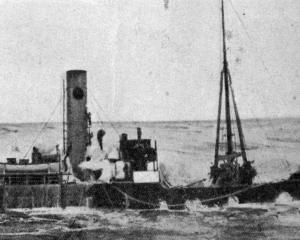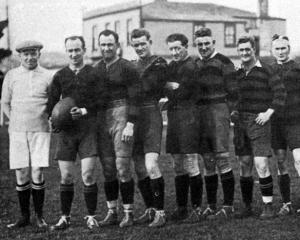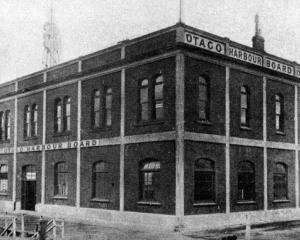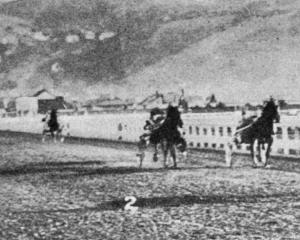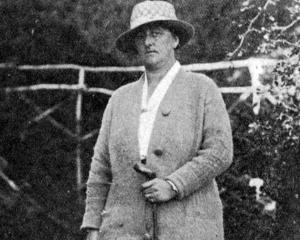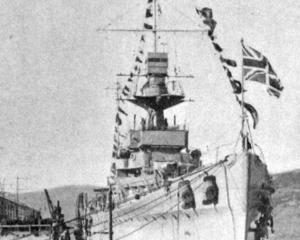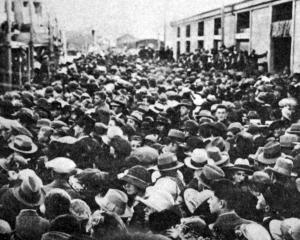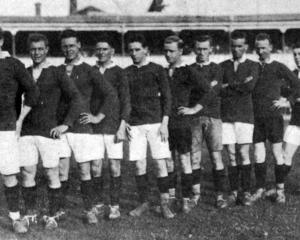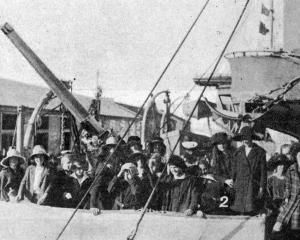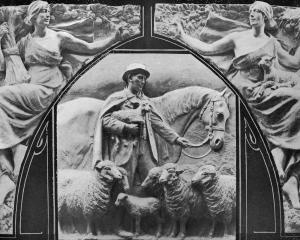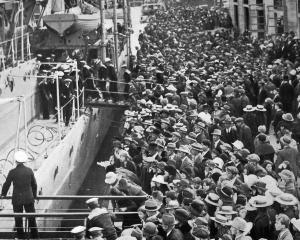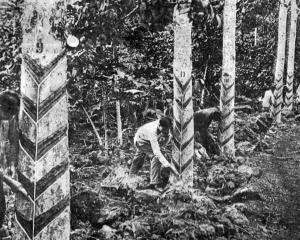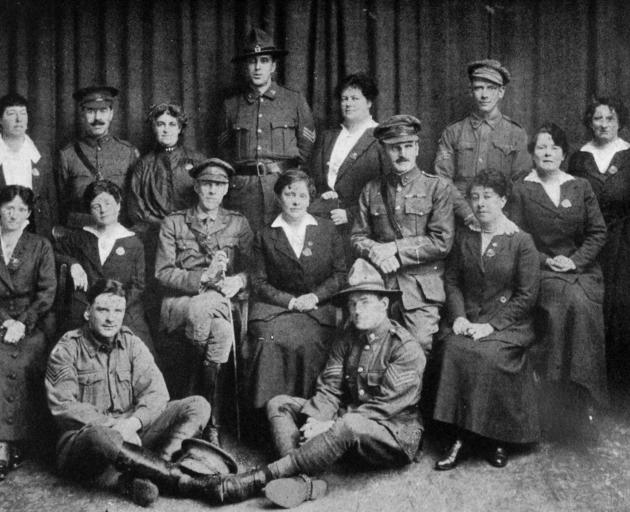
The munition ship exploded. The crews of both vessels were killed. The city waterfront was partly wrecked. Great fires started raging, and caused scores of deaths ashore. Several transports were lying in Halifax Harbour, and their fate is unknown, owing to telegraph communication being interrupted. Latest reports state that the explosion caused the buildings on the waterfront to collapse, and destroyed telegraph and telephone installations within a radius of 30 miles. There is no trace of the remains of the munition ship. The concussion threw railway cars off the tracks several miles away. Telegrams from Amhurst, Nova Scotia, state that the whole northern section of Halifax is in flames. Rescue trains have been despatched, carrying nurses and doctors. The latest direct advices from Halifax place the death roll at 300.
Stoolball revived
"The wicket is a board, 1foot square, mounted on a stake, the top of the board being 4ft 8in above the ground . . . . Under-hand bowling only is allowed; there are 10 balls to the over, and stumping is not recognised." Such were the conditions under which a match was played at Lord’s Cricket Ground on August 31 — a date when in normal times the first-class cricket season has still a week or two to run. But cricketers all the world over need not be alarmed. It must not be supposed that, what time the cricketers of England have been fighting — and dying — in France the M.C.C. authorities have taken to revolutionise beyond recognition the rules and characteristics of the national game. It was the ancient game of "stoolball" — a precursor, and in some measure an embryo, of cricket — that was played on that last day of August between "Ye Anciente Lawyers" and a team of officers and men from the Second London General Hospital; and the simple old pastime has been revived for the special benefit of partially incapacitated soldiers. To quote from The Times:- It is in keeping with the curious reversion to the catapult, the mortar, and body armour in the trenches that there should be a revival among the wounded and convalescent of one of the most rudimentary forms of cricket. As early as 1614 (we quote from Andrew Lang’s chapter on the history of cricket in the Badminton Library). As usually played, he explains, a square board on a pole serves in place of the original stool as a wicket, much as if one bowled at the telegraph instead of the stumps. Consequently, as at baseball, only full pitches can be tossed. However, he adds, in stoolball we recognise the unconscious beginnings of better things. The game is said to provide a most salutary form of exercise, for men who have been shattered in nerve. The lawyers got the best of the contest. — as they usually do. — ODT, 8.12.1917.
• COPIES OF PICTURE AVAILABLE FROM ODT FRONT OFFICE, LOWER STUART ST, OR WWW.OTAGOIMAGES.CO.NZ

